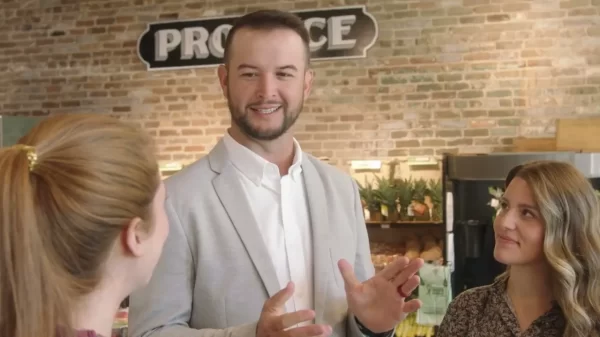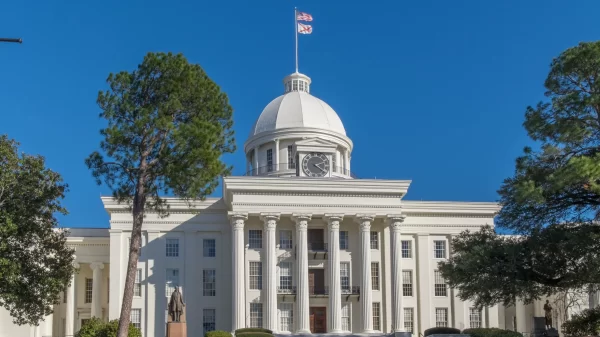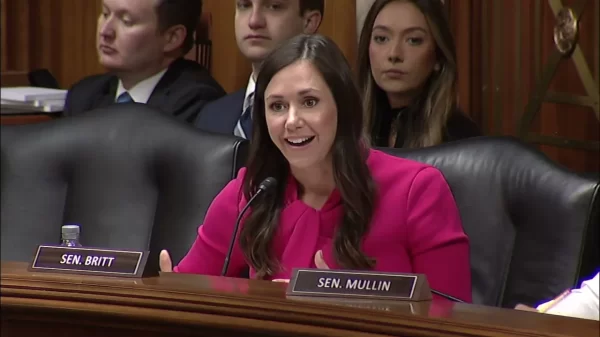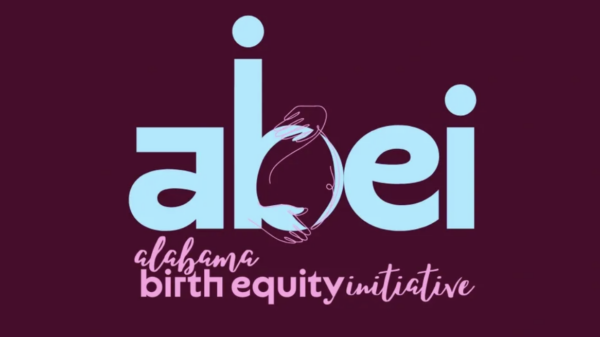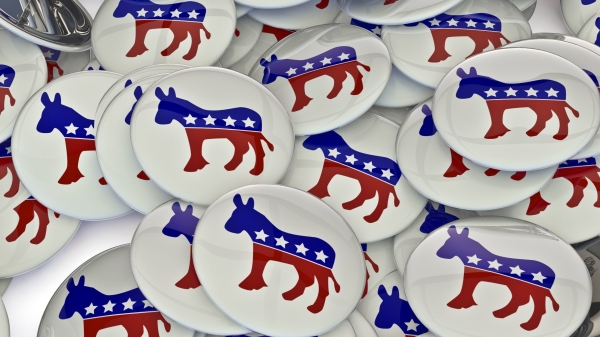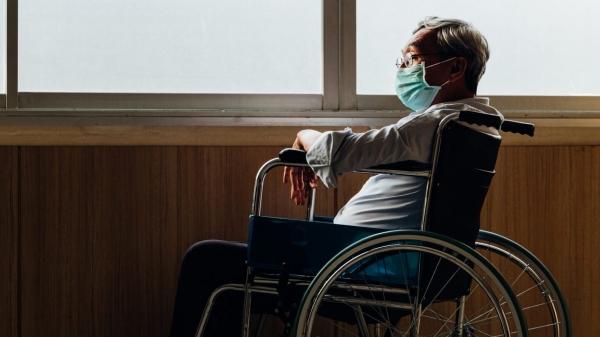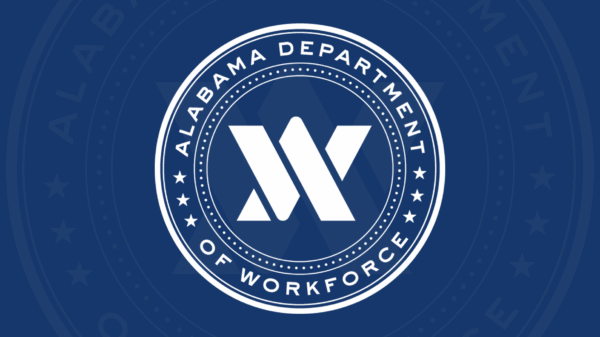President Joe Biden on Friday signed orders aimed at increasing food assistance while the country still battles the COVID-19 pandemic, and while the changes do stand to help ensure more food aid for those in need, the changes won’t be immediate for most people, according to an Alabama policy analyst.
Carol Gundlach, a policy analyst with Alabama Arise, the Montgomery-based nonprofit that advocates for the poor, told APR by phone Friday that among the changes Biden’s executive orders Friday did was to increase the amount of food aid families with school-aged children get through the Pandemic-EBT program — an electronic debit card program for school children who would have qualified for reduced-price school meals — by 15 percent.
Alabama hasn’t yet filed its application to the federal government to begin the state’s Pandemic-EBT program, however, so that change won’t immediately impact Alabamians, Gundlach said.
“The Department of Education and the Department of Human Resources are really bogged down in some data-sharing issues,” Gundlach said, explaining that both departments are committed to seeing the program come to fruition. “We are really, really, really hoping we will have a state plan submitted sometime in February.”
Another change brought by Biden’s orders Friday aims to help the poorest beneficiaries of the Supplemental Nutrition Assistance Program, commonly known as food stamps, receive more assistance.
The last COVID-19 relief bill, approved by Congress in December, did boost SNAP benefits by 15 percent for everyone, but an additional “emergency allotment” boosted benefits for some, but not for the poorest, who make up 40 percent of all SNAP recipients, and who were already receiving maximum benefits. It’s not clear if immediately giving those “emergency allotment” increases to those poorest SNAP recipients would be legal without rewriting that portion in the Farm Bill, however, Gundlach said.
“So Biden’s actual order was not to increase benefits, but to order that the Department of Justice and Department of Agriculture figure out whether or not you can do it,” Gundlach said.
According to the White House’s fact sheet, Biden’s order is for the USDA to “consider issuing new guidance that would allow states to increase SNAP emergency allotments for those who need it most. This would be the first step to ensuring that an additional 12 million people get enhanced SNAP benefits to keep nutritious food on the table.”
The last of the three changes in Biden’s orders Friday could perhaps have the largest impact, Gundlach explained. The order asks for a reassessment of the USDA’s Thrifty Food Plan, which the federal government uses to establish SNAP benefits.
Gundlach said that Thrifty Food Plan baseline has not been re-evaluated in “forever and ever.” While food prices have increased over those many years, SNAP benefits have not increased to keep up.
“What that means is that people run out of SNAP benefits, even the poorest of the poor who are getting 100 percent of the maximum, everybody runs out before the end of the month,” Gundlach said.
Once the USDA re-evaluates that baseline for aid, the change could be implemented without the need for Congress to approve, Gundlach said, and once the new Thrifty Meal Plan price is implemented, it would “automatically give everybody a boost and benefits.”



